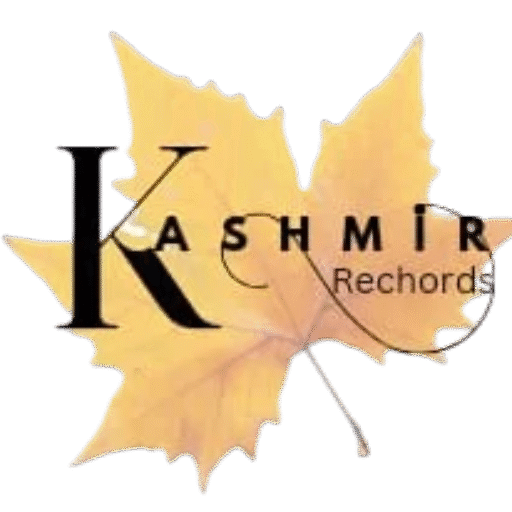( Kashmir Rechords Exclusive)
The Khankah-e-Moula mosque currently standing on the banks of river Jhelum in Srinagar Kashmir is said to have been built upon the ruins of a Hindu temple dedicated to the Mother Kali. This is not entirely without basis as relevant records and documents confirm the veracity of the same. The grand mosque which obscures any remaining remnants of the temple is believed to have been constructed above the walls of an ancient temple dedicated to goddess Kali sacred to Hindus.
Hindus, especially Kashmiri Pandits continued to perform puja at a spot well below the mosque after the desecration of what used to be a grand and magnificent Kali temple.
There is strong documentary evidence to back this claim and even though many have taken advantage of speculative assumptions to advance their own particular narratives about the existence or non-existence of a Hindu religious site. Unfortunately, that has further complicated the issue.
Longing of the devotees
But the fact remains that Pujas by Kashmiri Pandits continued to have been performed at this place cannot be refuted since contemporary accounts by those who compiled their travelogues in Kashmir have documented the fact that Puja did take place and there used to be a small semblance of a temple, at least some walls draped in Sindoor existed and a token or major Pujas are reported to have been taking place even up to 1990.

Pearce Gervis, author of “ This is Kashmir’’ ( 1954) , published by Cassell and Company Limited London, (on page 20) mentions that within the mosque there is a spring which is sacred to Hindus. Beneath the mosque and right on the water-front, is a Hindu temple, which is much used. It appears to be nothing more than a splash of orange paint upon the stone wall under the water front pathway to the mosque’’. Pearce Gervis has also published a photograph of the same site in the said book, which was clicked in the decade beginning from 1950.

Similarly, in a painting pertaining to the year 1906 by an unknown artist, a proper functional temple is also seen existing on the side of the mosque.

Rai Mridu in her book “Hindu Rulers, Muslim Subjects: Islam, Rights, and the History of Kashmir” (2004) states that local Hindus were involved in various communal disputes and repeated altercations by 1942, agitating for the right to build a temple and lay claim to their ancient shrine at this site which was, however, not acceptable to the majority community of Kashmir.

The Rising Kashmir in its write-up on the same subject titled ”Maha Kali temple co-exists with Khankah’’ (November 19, 2017) also mentions about the practice of Puja taking place at the mosque site where a wall marked with Sindoor existed there.
Noted Kashmiri writer and poet, Zareef Ahmad Zareef quoting Hasan Shah in ‘Encyclopedia of Kashmir’ says that the Brahmins who did not accept Islam were given this place to pray to their goddess Kali. Zareef further mentions that a religious structure continued to exist till 1990 where Kashmiri Pandits would pray and mark their foreheads with Sindoor.
Similarly, Shiri Ram Bakshi, a great scholar of Indian history in one of his famous books, ‘Kashmir Valley and its Culture’ (1997) writes that the shrine of Kali had been converted into Khankah of Mir Syed Ali Hamadani or the Shah-e-Hamadan Masjid. He writes that to this day, its custodians are exceptionally punctilious in cleaning and sweeping the floors of the spring situated within the Khankah. The Pandits, who were allotted a place outside the Khankah premises, continue to offer their worship to the goddess Kali to whom the spring was originally dedicated.
Mother Kali at Sopore Kashmir
While Kali Temple at Srinagar has been in focus on account of its being in the capital city, there are scores of such shrines in Kashmir where Kashmiri Pandits offered Puja on the earmarked portions of the walls of temples converted into mosques. Similarly, a space of the size of a window existed at Shah-e-Hamdan mosque at Khankah Mohalla Sopore Kashmir on the banks of river Jhelum before the present massive structure of the mosque came up after 1990 and since no Kashmiri Pandit resides at Sopore at present, the whereabouts of the Hindu shrine of Kali Temple are not known.


If I am. Not wrong this mosque was called as Kali masheed till at least late fifties.. As a child I remember we would crave for the ink for our mashiq, from that area for its beautiful blue colour